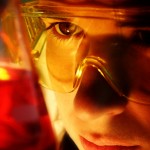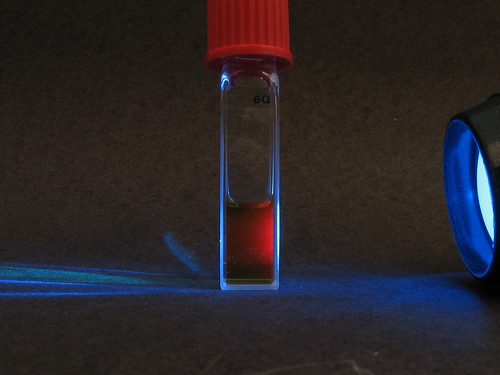Times-Saving Science Fair Project Tips
A question we get a lot around here goes something like this: “My kid needs a project, but we’ve got soccer, gymnastics, homework, and chores every day… we need a good science fair project and QUICK!”
Unfortunately, I don’t have an easy answer for this. Most folks are still trying to cram a week’s worth of activities into a mere 24-hours, and then wonder why they have trouble coming up with great science project ideas. It’s a miracle if dinner’s even on the table on soccer night.

Science fair projects can feel this way a lot. They are usually something added ON TOP OF all the other stuff you have to do – homework from math, extra credit assignments from spelling, extra books to read and report on… and the last thing you need right now is yet another project, only this one is going to be judged.
So how can you survive this stressful science season and still enjoy the process? Well, I generally don’t think as well under pressure as I do when I am free to be creative and enjoy the process. And one of the most powerful ways to generating great content (and projects) is total immersion. Here’s what you can do to really make the process enjoyable and educational:
- Slow down. Schedule time in your week where you can sit with your project for at least a couple of uninterrupted hours. To get your creative juices flowing and allow for side-tangents, this is the minimum amount of time you’ll need to get the most out of your efforts. This means no phone calls, internet surfing, computer games, or iPODs. Your mind is totally free to focus entirely on the task at hand.
- Banish perfection. Take the stress out of trying to find the perfect project and focus rather on what you find interesting. Bugs or brain cells? Rockets or robotics? Lasers or llamas? Once you have a ballpark idea on what you want to learn more about, then you can start gathering your information.
- Start a journal. Even if your kid’s not a writer, it’s important to start logging what you’re finding interesting so you can go back and research more if needed (it’s also a great start to your report’s bibliography).   For non-writing kids, use a video camera to capture the sparkle in their eyes as they delve into their project. Use still photos to paste into your journal as you go.
- Get help. Start tapping into resources you already have around you. You don’t need to re-invent the wheel, but you do need to make significant progress on your project. Success always leaves clues, so look for kids that won last year and find out what exactly they did to make it to the top (if that’s your goal). Chances are it had little to do with the official “topic” of study but rather the way they went about it. Find other local clubs in the area that would be helpful to you, from local astronomical clubs to airplane pilots to the tech at the pharmacy… they can all help steer you in the right direction.
So there you have it – time saving tips for your science fair project season. While initially these tips may seem to take more time than they save, you’ll find that the focus and clarity you get in return will be worth tenfold.
Happy Experimenting!
Comments off



